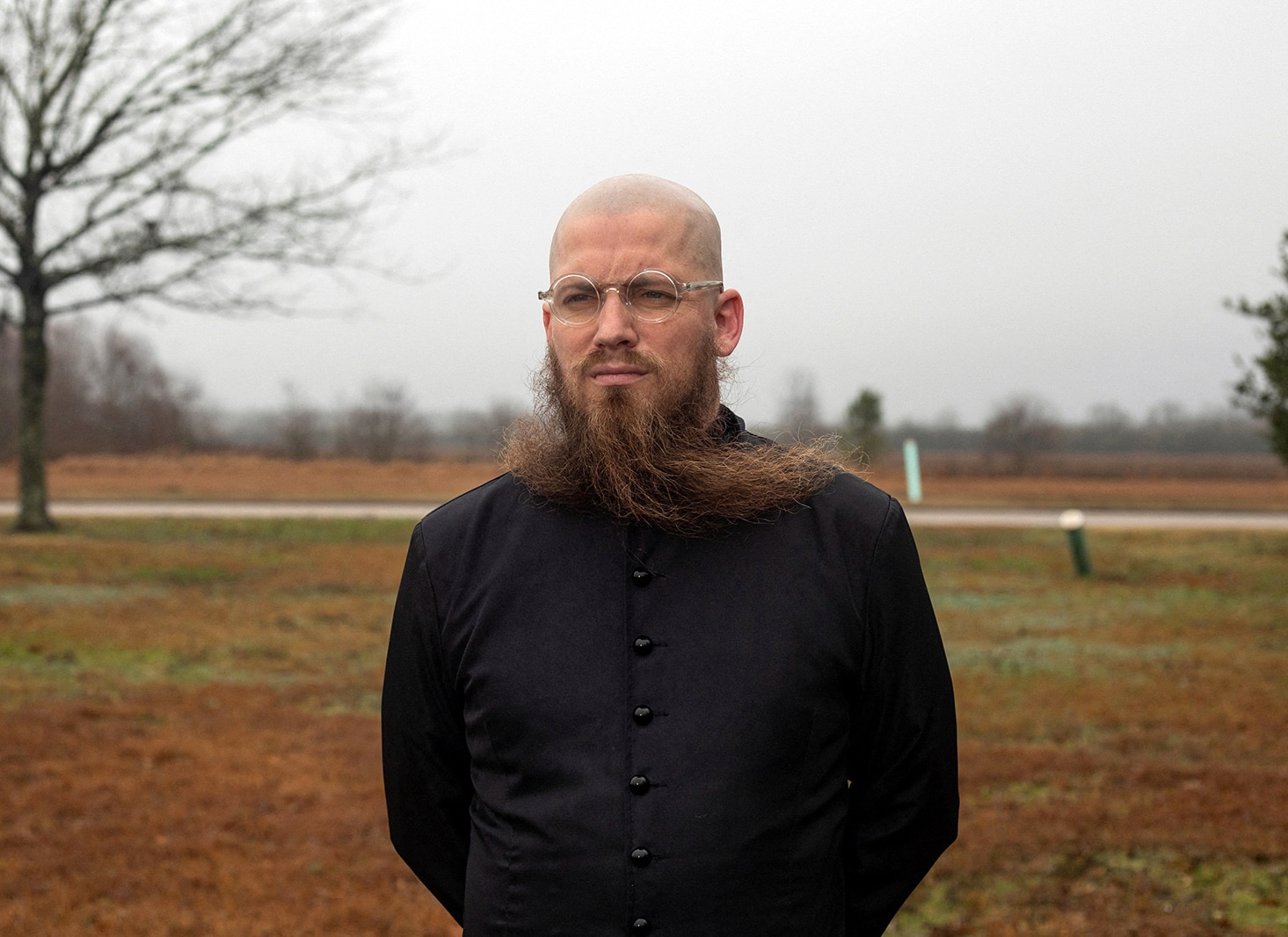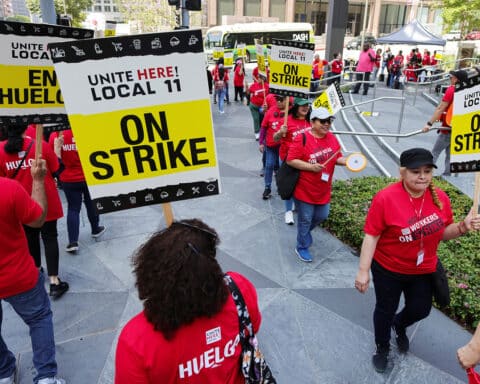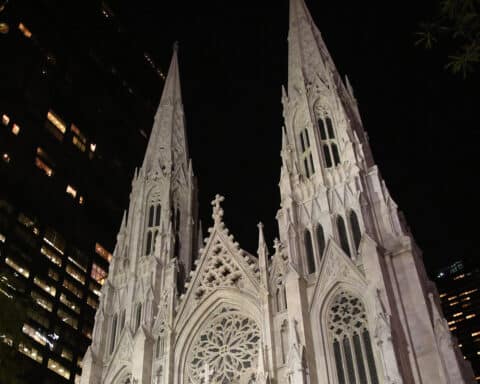(OSV News) — As the Rev. Jeff Hood was leaving for work one day back in January, his children begged him for one thing: to come back alive.
“The kids would cry and say they didn’t want me to die,” Rev. Hood told OSV News.
The plea was well-founded: Rev. Hood, ordained in the Old Catholic Church (which separated from Rome after the First Vatican Council), was heading to the Jan. 25 execution of Alabama inmate Kenneth Smith — and the nitrogen gas by which Smith would be put to death entailed the possibility that Rev. Hood and the other witnesses could be at risk.
Rev. Hood, who served as Smith’s spiritual director, even had to sign a waiver to acknowledge that risk before attending the novel manner of execution, which had been adopted by Alabama in 2018 but remained untested until Smith’s case. Oklahoma and Mississippi also have authorized the use of nitrogen gas for capital punishment, although neither state has yet implemented the method.
A father of five, Rev. Hood agreed according to the terms of the waiver to “remain at least three (3) feet away” from the mask that would cover Smith’s face, since any overpressurization or detachment in the hose could result in the odorless, tasteless nitrogen gas displacing the oxygen in the room and “creating a risk of death or bodily harm.”
“We were very aware that this (method) had … real possibilities of hurting the people in the execution chamber,” Rev. Hood told OSV News, admitting he “had no idea what was coming” as he witnessed the execution of Smith, who had been sentenced to death in 1996 for his role in the brutal 1988 murder-for-hire of Elizabeth Sennett, a pastor’s wife.
Chuck Sennett, her husband, had arranged for her killing after taking out a life insurance policy on her amid mounting debt and an affair he had been having. He committed suicide before he could be charged. Sennett’s two sons, who attended Smith’s execution, told media they would also have sought the death penalty for their father.
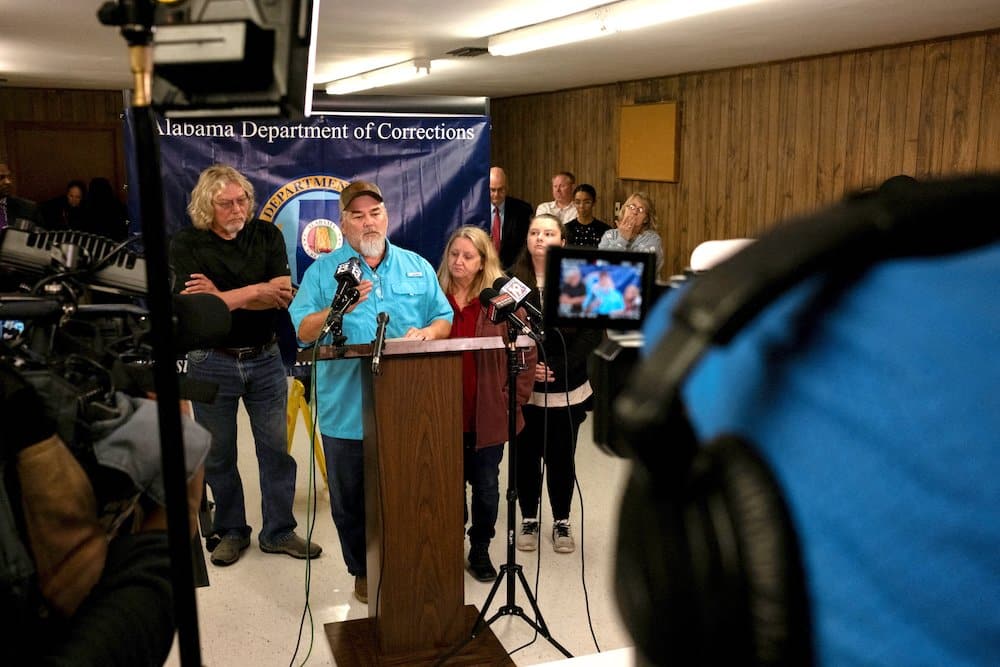
New method is ‘incredibly disturbing’
Smith had survived a botched lethal injection attempt in 2022. The Supreme Court declined twice in as many days to intervene in his appeal against the second attempt, which saw Smith declared dead more than 20 minutes after the nitrogen flow began.
Rev. Hood said he and the other witnesses “were very under-informed, very underprepared” for the execution method.
“I really was walking into a very dangerous situation with no knowledge of what to do if anything happened — how to get out of the room, how to read the oxygen monitors, how to pay attention to the oxygen monitors,” Rev. Hood said. “So the only thing that I knew with regard to my safety in the situation is that I wanted to be there for Kenny.”
Rev. Hood, a former hospital chaplain at a trauma center in Texas, was accustomed to attending at “incredibly visceral, intense deaths (from) motorcycle accidents and plane crashes.”
Having accompanied other death row inmates to their execution — while strenuously advocating for the end of capital punishment — Rev. Hood also was familiar with what death by lethal injection looked like.
But Smith’s execution was “the most violent thing that I have ever witnessed or engaged with,” said Rev. Hood. “It was absolutely … incredibly disturbing to see a human being suffocated to death.”
The experience was also “spiritually violent,” said Rev. Hood, since — as with all the death row inmates to whom he ministers — he had “grown to care about and deeply love” the condemned.
“In these situations … for the last three to six months of their lives, I have been doing everything I can do to create a connection with them,” said Rev. Hood. “I compare it to sort of weaving our souls together; I become sort of their best friend. … Watching someone be murdered, that knitting between their soul and mine is sort of being ripped apart.”
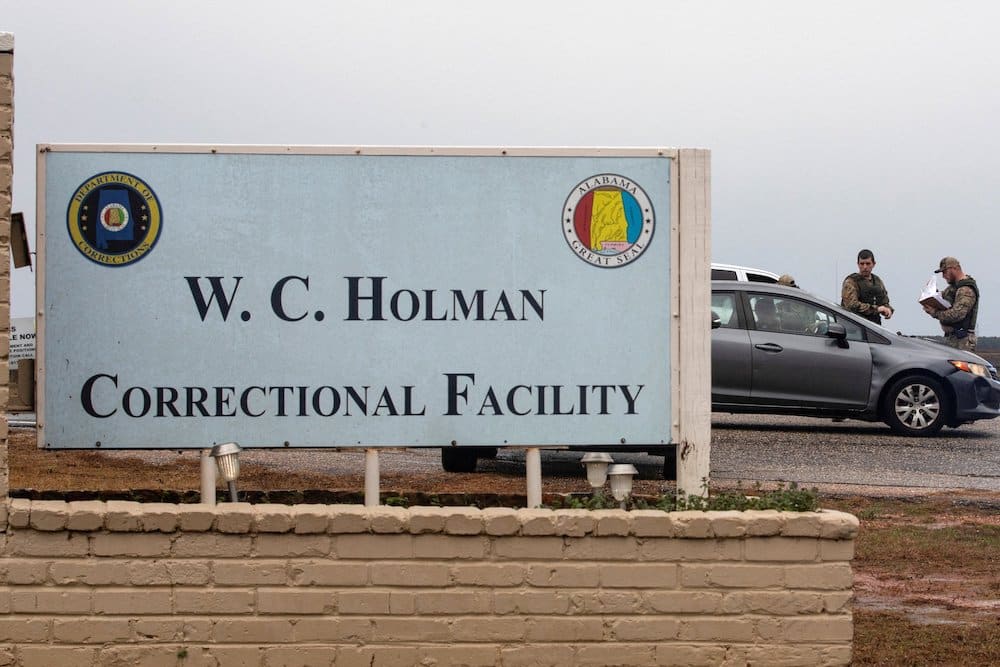
Should the government torture its citizens?
Rev. Hood described Smith’s death — which included convulsions and agonal breathing — as “a slow, painful means of torture.
“And I think the question for anyone who wants to implement nitrogen hypoxia gas suffocation is, ‘Do you believe in torture, and do you believe the government should have the right to torture its citizens?'” Rev. Hood said. “I think that a key American value or a key value of any country or people on earth that values human rights is that we don’t torture people.”
In 2018, Pope Francis revised the Catechism of the Catholic Church to clarify that “the Church teaches, in the light of the Gospel, that ‘the death penalty is inadmissible because it is an attack on the inviolability and dignity of the person,’ and she works with determination for its abolition worldwide.”
Section 2267 of the catechism now notes that a number of reasons once used to justify the death penalty have been superseded by “an increasing awareness that the dignity of the person is not lost even after the commission of very serious crimes.”
“In addition, a new understanding has emerged of the significance of penal sanctions imposed by the state,” the catechism states. “Lastly, more effective systems of detention have been developed, which ensure the due protection of citizens but, at the same time, do not definitively deprive the guilty of the possibility of redemption.”
Rev. Hood told OSV News that the death penalty ultimately reflects a society “dehumanized and disconnected from the consequences of our actions.”
“When you say, ‘I want the government to be able to suffocate people,’ what you’re saying is, ‘I want other people to have to do it,'” he said. “I think that if judges and juries had to perform these executions themselves, we would see a lot less death sentences.”
Going to the cross
Rev. Hood said that “the death penalty is not as much about the unrighteousness of the person being executed.
“It is about our righteousness in order to execute,” he said. “It’s the quintessential nature of Jesus saying, ‘You who are without sin cast the first stone.’ We know that we are not righteous enough to kill people. And that is why we are so comfortable with other people doing it and us not having to give it a second thought.”
As he works for the end of capital punishment, Rev. Hood plans to keep ministering to those on death row.
“The call of Christ, the message of Jesus, is always centered on the cross,” said Rev. Hood. “Are we willing to go to the cross? As a follower of Jesus and as a believer, I’ve always said, ‘Of course — I’ll do whatever it takes.'”

